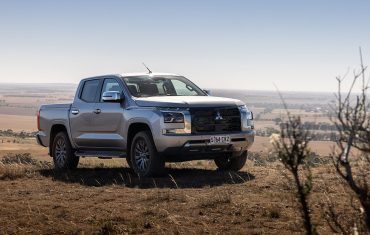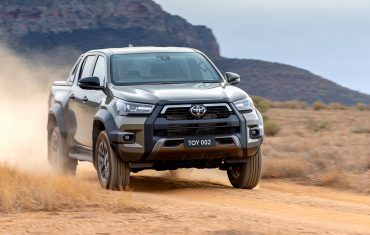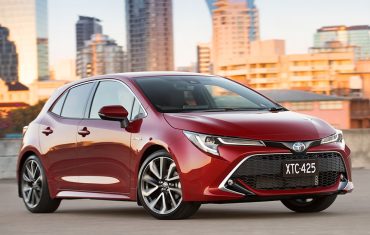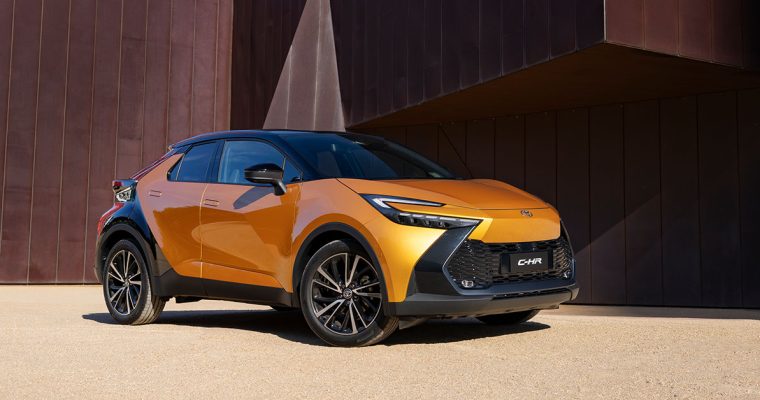
Toyota CH-R Hybrid Review
DriverSUVs are the automotive equivalent of a Swiss Army Knife.
Okay, maybe they can’t open a can of soup beside the campfire, tighten a screw on your sunglasses or uncork a bottle of wine, but they promise the same degree of flexibility by blending the best attributes of a family wagon with an off-road adventurer, and occasionally even the fun of a sports car or the frugality of a fuel miser.
Needless to say, SUVs are the most popular type of vehicle in New Zealand and currently account for more than half of the country’s new car sales volume so far in 2024. In fact, they are such big business that our top-selling brand, Toyota, now has nine different SUVs to choose from, which is double the amount it offers in conventional passenger cars and light commercial vehicles.
The Japanese brand has stacked its portfolio with so many SUV options that it was forced to reposition the second generation of its funky C-HR small soft roader and give it a more upmarket status.
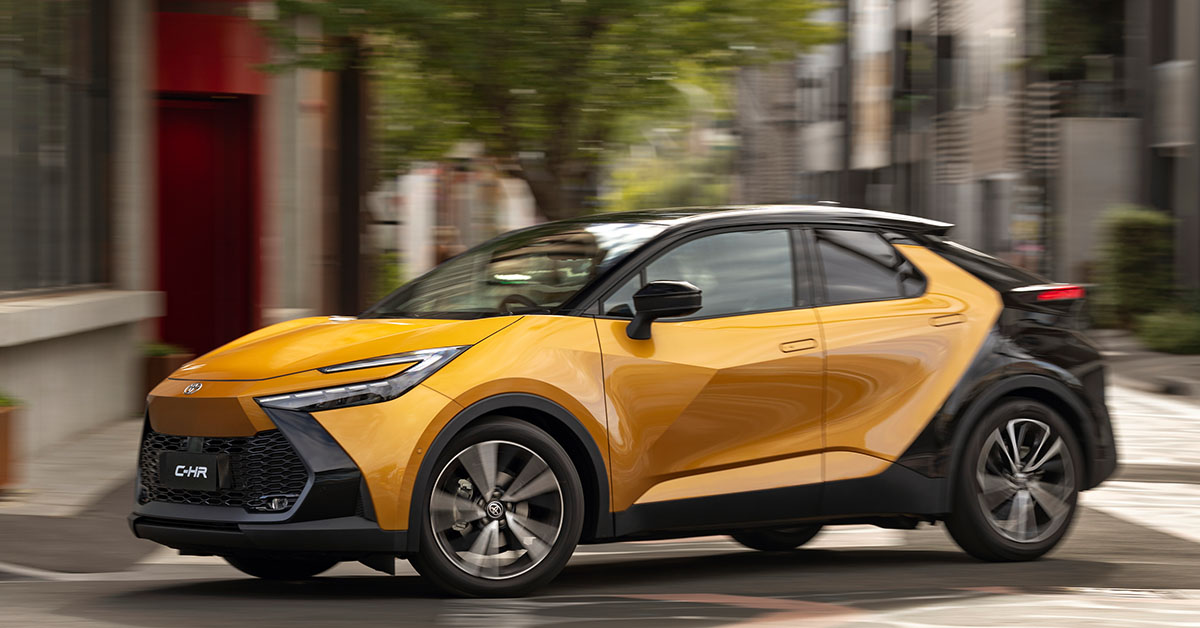
The C-HR has always been an outlier among Toyota’s passenger car range since it first launched here in 2017, trading on its unique exterior style rather than space and practicality like the more conventional SUVs that sit around it in the showrooms such as the similar-sized Yaris Cross and slightly larger Corolla Cross and hugely popular RAV4.
The new C-HR amplifies that position even more thanks to a bold and distinctive exterior design but also brings an elevated sense of luxury inside the cabin that was missing from the original.
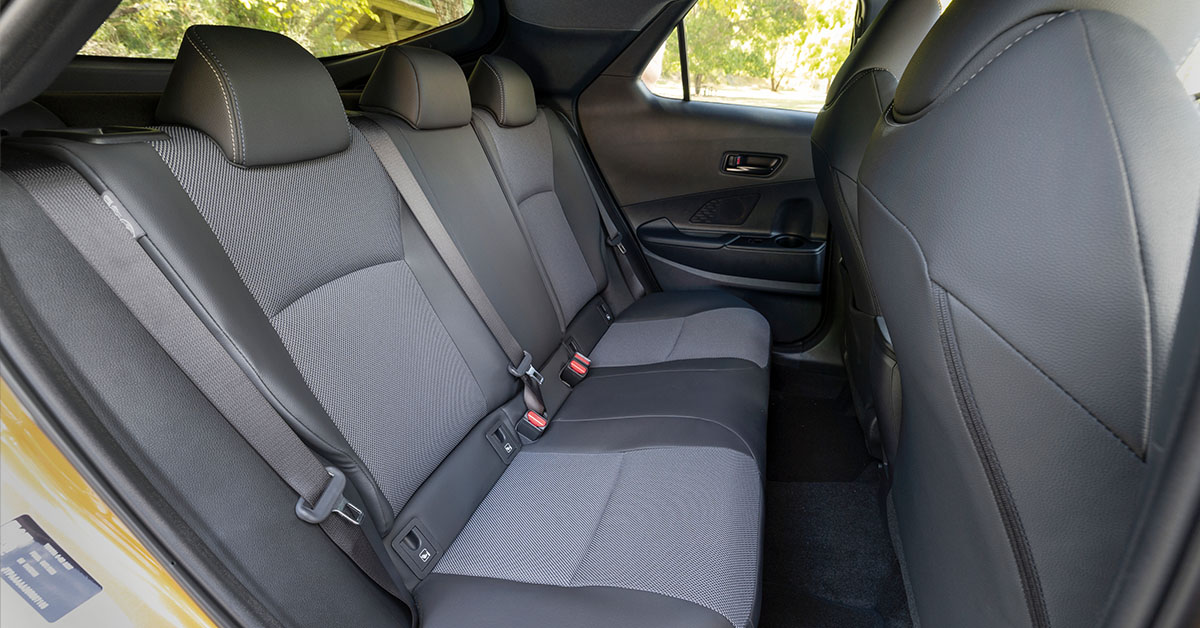
As a result, Toyota has recalibrated where the C-HR fits in its line-up with a four-model hybrid-only line-up that is now built in Europe.
The range starts at $45,990 (plus on-road costs) for the entry-level GX, moves through the mid-spec GXL at $49,990 (plus ORCs) and Limited that we’re testing here (for $52,990 plus ORCs) and tops out with the flagship GR Sport at $55,990 (plus ORCs). Whichever model you look at, that’s a large sticker price on a small SUV.
The Limited and GR Sport can be optioned with a full two-tone colour scheme with a black roof and black on the rear of the vehicle for an extra $1000.
Otherwise, all three models come equipped with a generous list of standard equipment that includes dual-zone climate control, keyless entry with push-button start, twin digital screens; a 7.0-inch unit for the instrument cluster (in the GXL and above) and a 12.3-inch touchscreen for the infotainment that features embedded cloud-based sat nav, wireless smartphone mirroring for Apple and Android devices, DAB+ digital radio, Bluetooth and a six-speaker audio system.
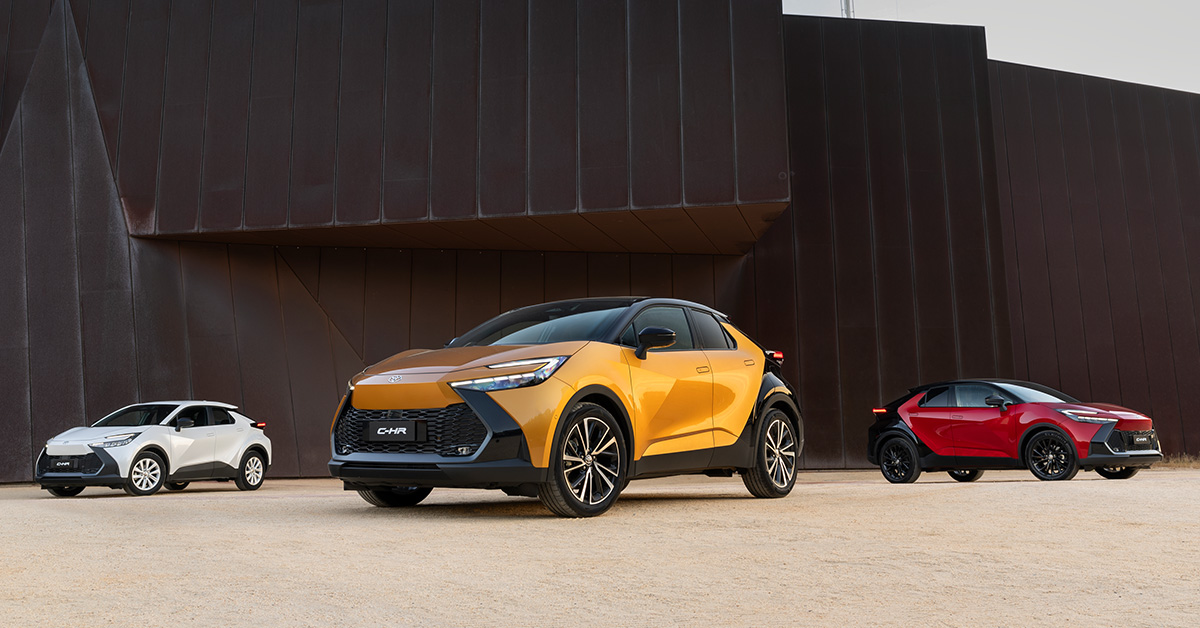
They also feature a comprehensive array of advanced safety systems such as automated emergency braking with pedestrian and cyclist detection, active cruise control, lane keeping assistance, blind spot monitoring, rear cross-traffic alert and front and rear parking sensors with a 360-degree parking display.
The GX rides on 18-inch alloy wheels and has fabric interior trim with manual adjustments for the front seats and standard LED headlights, while the GLX adds larger 19-inch wheels, black fabric and suede trim, power adjustment for the front driver’s seat, heated front seats, a larger 12.3-inch digital instrument display, colour heads-up display and a premium JBL nine-speaker audio system. On top of that, the Limited has a powered rear tailgate, full leather accented trim and a digital rearview mirror.
The GX, GXL and Limited are powered by a 1.8-litre petrol-electric powertrain that produces a maximum combined output of 103kW and drives the front wheels through a continuously variable automatic transmission.
The range-topping GR Sport has a unique powertrain set-up with a larger capacity 2.0-litre hybrid that produces 146kW and 188kW thanks to an additional electric motor on the rear axle that brings the added security and traction of all-wheel drive.

It also picks up uniquely designed 19-inch alloy wheels, black exterior highlights, an exclusive front grille, synthetic leather and suede trim on sports seats, alloy scuff plates and a heated steering wheel.
In any case, all four variants offer a distinctive and bold exterior design that looks sporty and modern. The two-tone paint on our Limited test vehicle adds another element of style that makes it appear even sharper. It’s a nice touch.
Inside the cabin, the overall design isn’t as bold, but it looks and feels significantly more upmarket than its predecessor with top-quality materials and the latest in digital technology.
The central touch screen is clear and high resolution with a menu system that is easy to navigate through the myriad of functions, while we appreciate the physical controls for basic functions that make it easily accessible to change the temperature or fan speed in the air conditioning and volume for the JBL audio system.
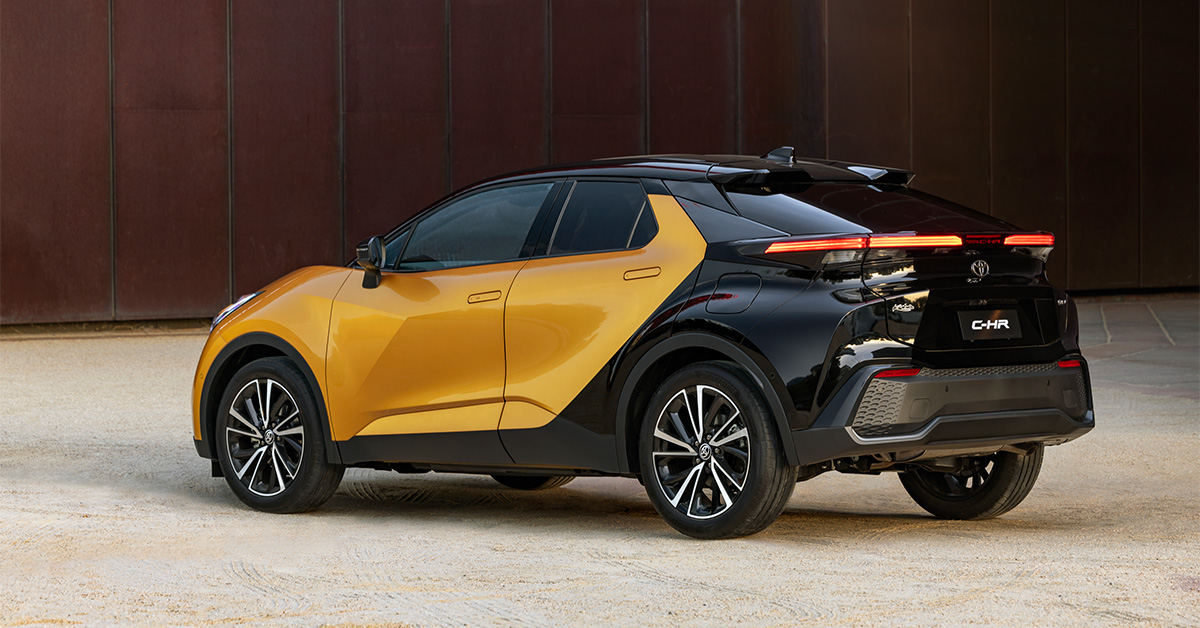
The front seats are super comfortable with excellent lateral support, good lumbar adjustment and soft cushions, and offer plenty of adjustment to suit most drivers. There is a clear view of the digital instrument cluster and a commanding view of the road ahead, but the narrow rear windscreen does limit rear vision. Thankfully, there is a digital rear-view mirror that negates that and provides a more expansive picture of what’s happening behind the car.
One of the biggest criticisms of the original C-HR was the limited space and practicality it offered for rear-seat occupants and the small cargo-carrying capacity it provided in the boot. Neither of these elements has been drastically improved in the second-generation model. Sure, there is slightly more legroom in the rear than there was before, but the sloping roofline does impede headroom for taller passengers and the tiny apertures for the rear windows make it feel rather claustrophobic.
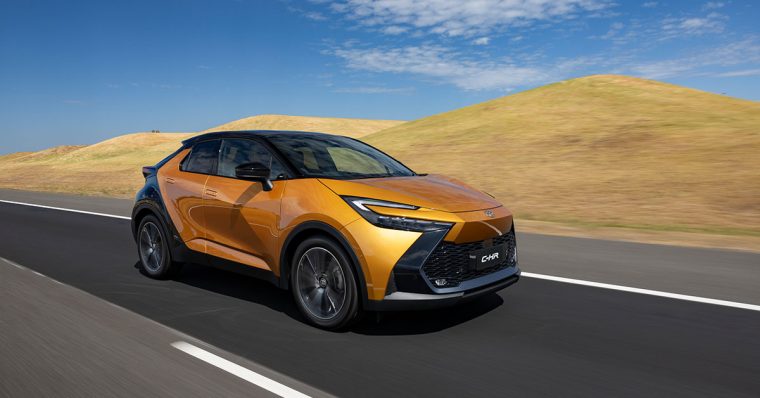
The boot has a maximum capacity of 388L, which is okay – but not exceptional – among the small SUV class and can expand to 1155L with the 60:40 split-fold rear seat down.
What has changed most is the way it drives. The new C-HR is built on the latest version of Toyota’s modular platform that delivers a comprehensively better experience from behind the wheel.
The steering is fluid and precise with consistent weighting which makes it feel stable and precise at highway speeds and when cornering, yet it also feels light and agile when navigating tight inner-city streets.
And the suspension set-up delivers a comfortable yet dynamic character that makes the C-HR easy to live with in any situation and fun to drive on a twisty stretch of road. It’s not a hot hatch on stilts by any stretch of the imagination, but it has enough sparkle to put a smile on your dial.
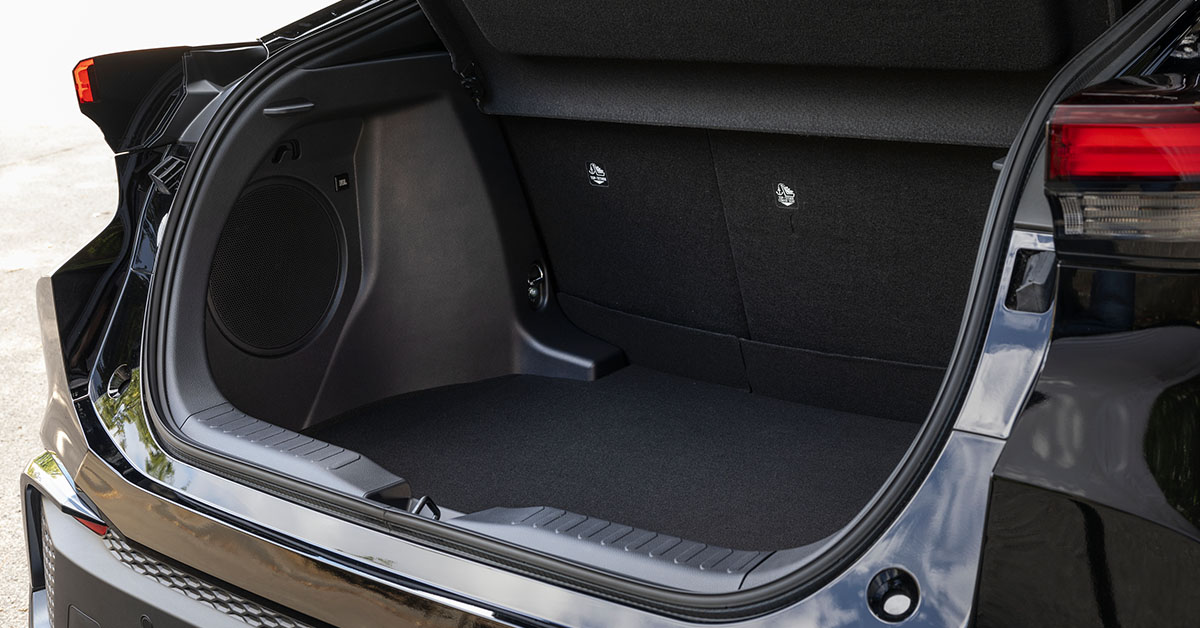
The hybrid powertrain is a real highlight, especially for those fleet operators who need vehicles with the flexibility to cover long distances without expensive fuel bills.
For starters, the e-CVT transmission has a conventional first-gear ratio that makes it accelerate more naturally away from a standstill under full throttle. Usually, a CVT will flare up to maximum revs when you stand on the accelerator and stay there, which sounds awful. But the C-HR takes off with the revs rising like a more conventional car which makes it sound and feel much better.
Otherwise, if you just gently accelerate away from a stop, it uses the electric motor only for the initial part and then the engine chimes in seamlessly at much lower revs.
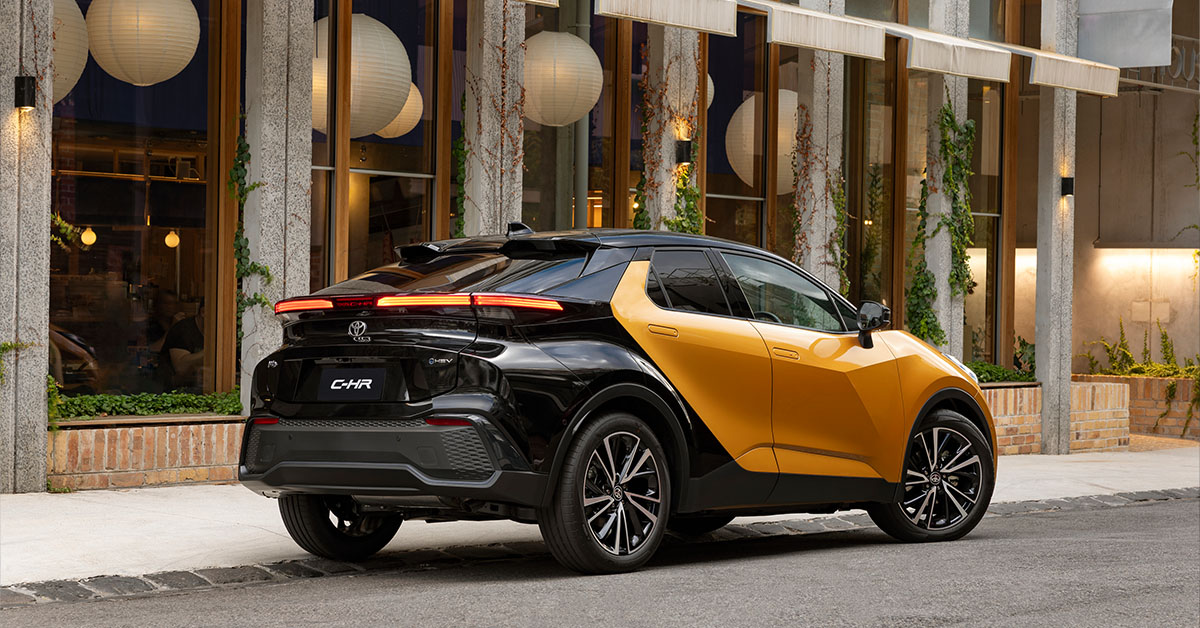
In fact, the electric motor does a lot of the heavy lifting around town, helping the C-HR to record outstanding fuel economy figures. Toyota claims it will consume an average of 4.4L/100km but uses even less (3.8L/100km) on the urban cycle. During our road test period, which covered a wide variety of conditions – including extended highway driving and inner-city running around – we beat Toyota’s overall claim with an average figure of 3.9L/100km.
With a 43-litre fuel tank, the C-HR could theoretically cover more than 1000km before needing to stop and refuel.
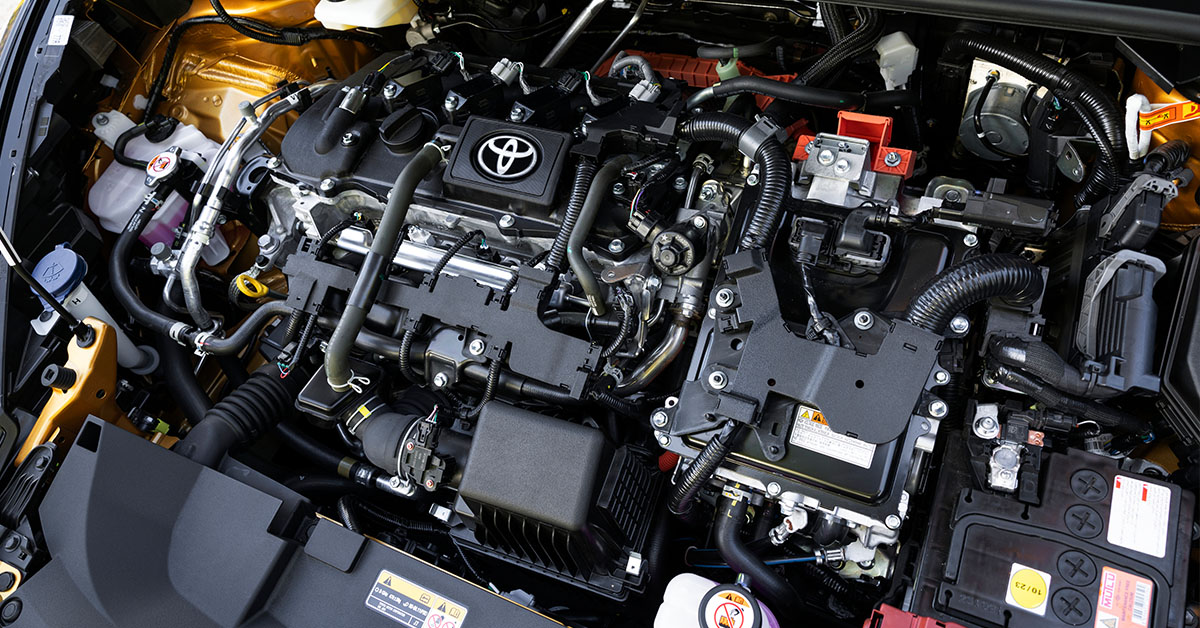
So, what’s the verdict on the second-generation Toyota C-HR? Well, it’s significantly better than its predecessor in the way it drives and, now being hybrid only, in the way it performs. It’s also better looking, more comfortable and loaded with the latest in digital and safety technology.
But, while it’s cheap to run and affordable to maintain, it’s still not the most practical small SUV in its class. And it’s now rather expensive to get into, which ultimately makes it the one to choose if you want to form over function.
For more information on the transition to zero-emission mobility, contact SG Fleet today.
 Driving Insights
Driving Insights

